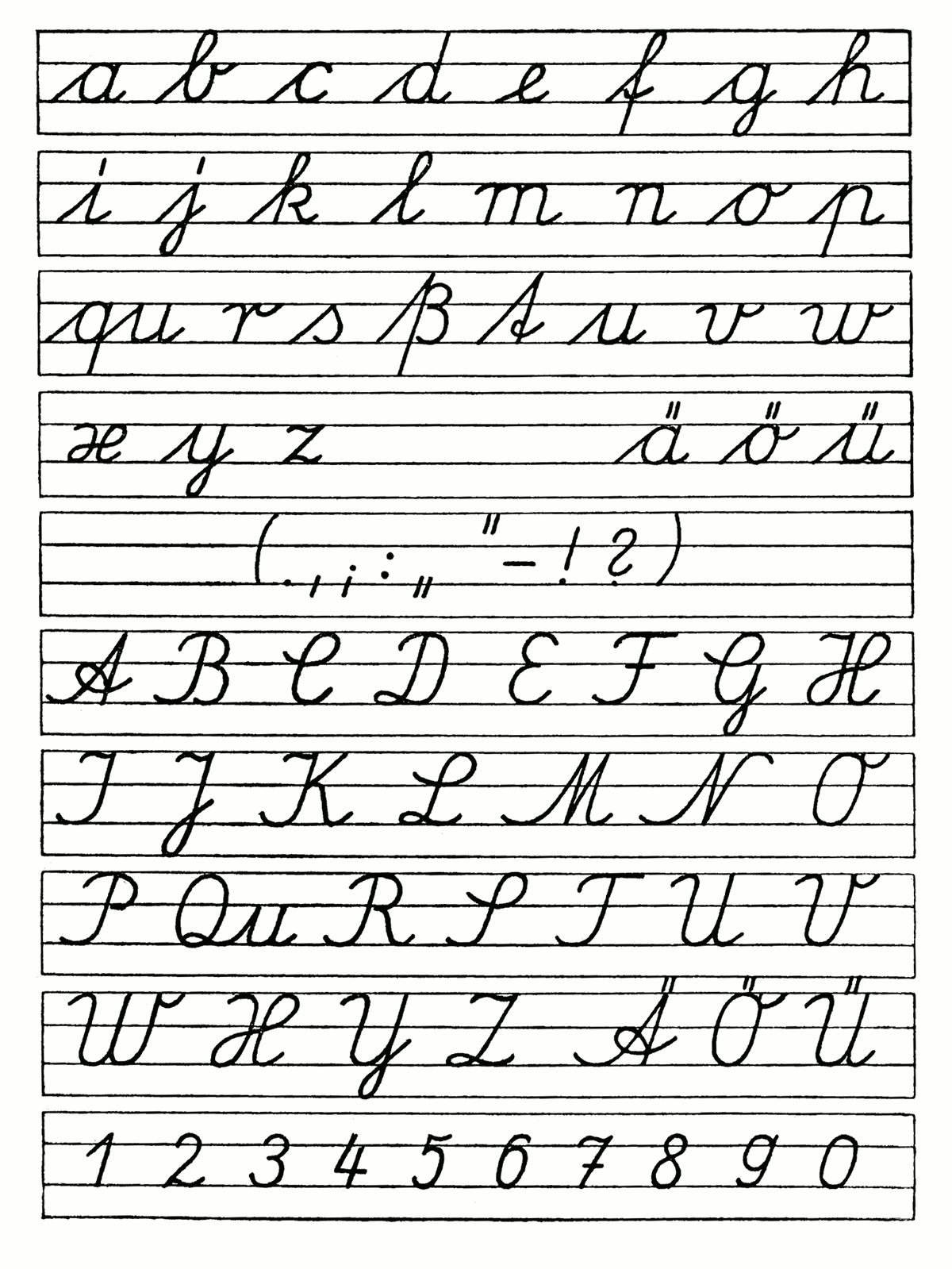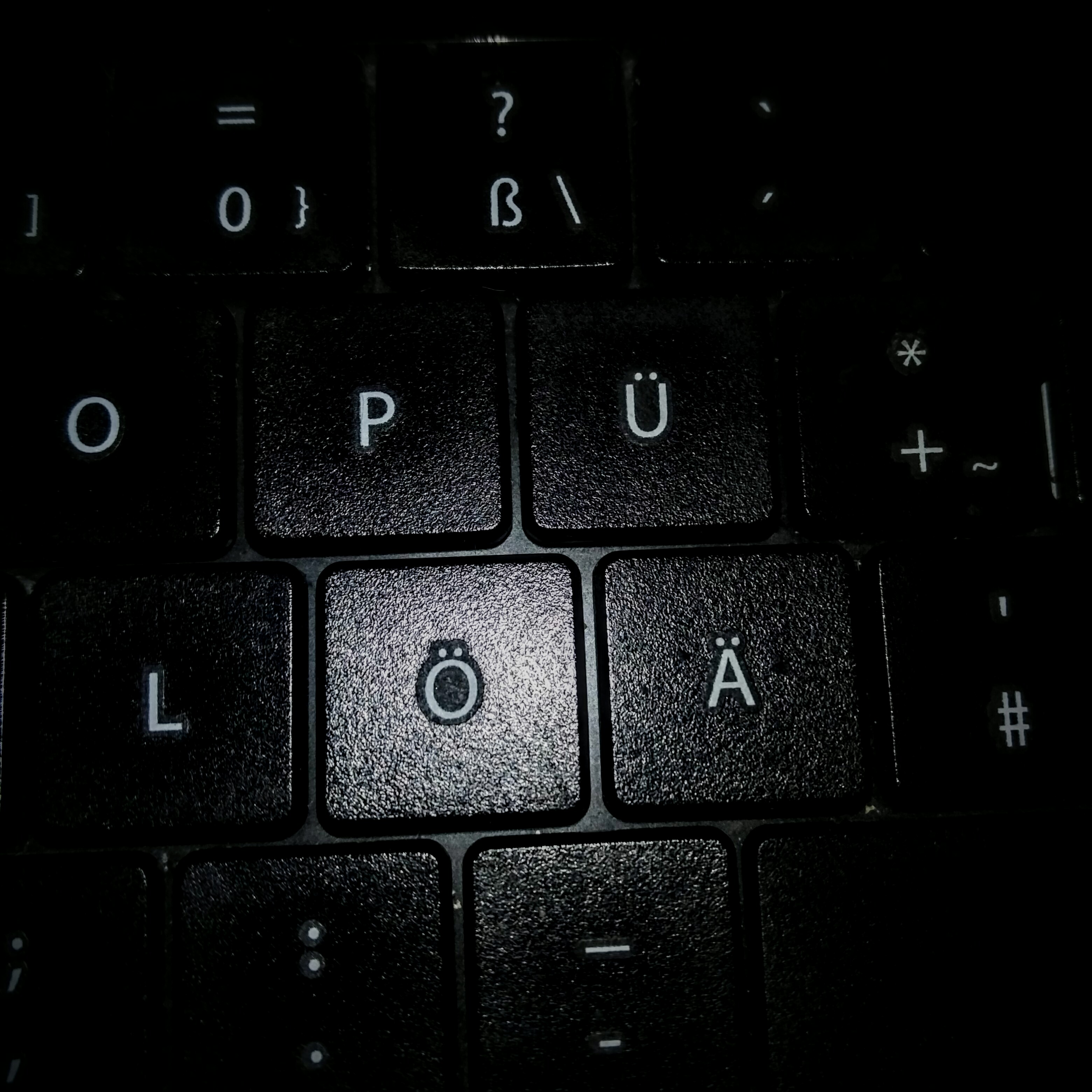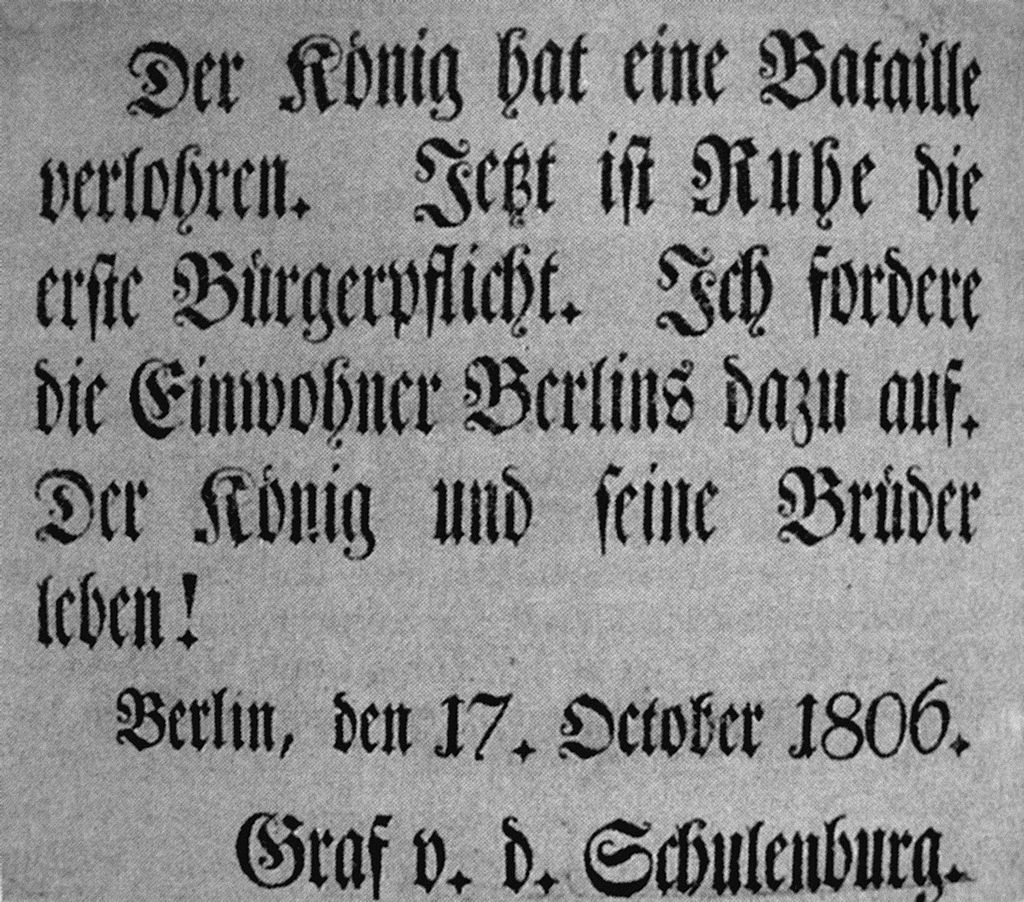How To Use The Umlaut RIGHT Posted by Sten on Nov 30, 2016 in Grammar, Language
The Umlaut is used a lot in German. The a, o, and u become ä, ö, and ü. They sound different, and give words a different meaning. When do you use it though? And how? How do you pronounce them? Any exceptions? You read it all here!
Why Umlaut?
First of all to avoid confusion: In German, Umlaut has two meanings: it refers to the letters ä, ö, and ü. It also refers to vowel mutation. In short, vowel mutation refers to the process of a vowel changing the way it sounds through the history of a language. This is why the letters are also called Umlautbuchstaben (Umlaut letters) sometimes. In this article, whenever I mention the Umlaut, I mean the three letters with two dots on top!
So why are these letters there? The way that the a, o and u were pronounced in some cases changed at the end of the Middle Ages. In the 16th century, a solution was found to write such different sounds down, instead of just having a u that can mean u and ü at the same time. The way to write it: by putting a little e above the letter. As you can see in the handwriting from 1806 above. In the word König (king), the ö is written as an o with small e on top. This later morphed into the two dots on top of the letter.
In some writings, the Punkte (dots) are Schrägstriche (slashes). The meaning is exactly the same! These three, together with the ß are the only Sonderzeichen (special characters) in German. So no worries!
A, B, C, D, E, F…

The German Alphabet in writing. This is a version from the DDR (GDR) of 1958. As you can see, the Umlauts are at the end of the alphabet. (Image by Perhelion at Commons.wikimedia.org, public domain)
We all know he alphabet and how it goes. But where do we put the Umlautbuchstaben? In most cases, they go at the end, so after z in the order ä, ö, ü. Pretty straightforward.
ae, oe, ue – good alternatives?
In some situations, you will see the combinations ae, oe, and ue. Such combinations are necessary, because just writing the Umlaut without the dots is no option, as Sandra pointed out in this post in 2013. These combinations are used mostly if the Umlautbuchstaben are not accepted, which is the case for some digital applications, such as website URLs. For example, the URL for the website Bücher.de is buecher.de.
These combinations are also useful if you do not have the Umlautbuchstaben on your keyboard. The standard US layout misses them, for example.
Still, using the combinations also creates problems:
- It doesn’t look very nice, and makes reading German harder.
- It could confuse, as there are words that use such combinations, but are not pronounced as the Umlautbuchstabe. Take Oboe (oboe), for example.
Four ways to type Umlauts

The German keyboard layout (Image by author)
1. Use the US-International layout
You could simply set your keyboard layout to US-International. The US International keyboard keeps basically all your keys where they belong (if you are using the US layout, that is), but only changes a few things. Most changes can be accessed with the normally rarely used AltGr or Alt Graphic key. It sits on the right side of your space bar. With it, you can write all kinds of signs that you previously couldn’t, including the Umlaut. There are two ways to get the Umlauts:
Shift + ” let go, and press a = ä
Shift + ” let go, and press o = ö
Shift + ” let go, and press u = ü
This is a bit convoluted, and I like to use the AltGr key instead. Here’s the combinations:
AltGr + p = ö
AltGr + y = ü
AltGr + q = ä
This might look weird – p, y and q? Why those letters? It makes sense once you notice where they are on the keyboard. They all neighbor their respective umlauted letter. I use this all the time, and the US-International layout was the whole reason I got used to the US keyboard layout in the first place, one I much prefer now to the standard ISO-DE German layout. Even though my laptop has the German layout, I now use US-International on that too. That’s how good this works!
2. Use the Numpad
A way that takes a little longer, but is definitely problem-free, uses the numpad, or number pad. The number pad (the 9 number keys on the right side, next to the arrow keys), which are available on most keyboard, can help out. With so-called ASCII code, you can write the Umlaut!
Hold down ALT and then type the three numbers for the character you want. Then release the ALT key and the Umlautbuchstabe appears! As follows:
ä – ALT + 132 Ä – ALT + 142
ö – ALT + 148 Ö – ALT + 153
ü – ALT + 129 Ü – ALT + 154
3. Only for Geeks
Do you not have a number pad and do you not want to switch to US-International, but you would still like to get the characters by just using your keyboard? Well, for the geeks, there are workarounds.
4. For Emergencies: Copy-Paste
Oh, and if you really don’t have any other solution, there is also the emergency option: use the search engine of your choice (google, bing, etc.) and just type “umlaut a” or whichever you need. Select the Umlautbuchstabe you get in the hits, copy it, and paste it where you need it. Always works, but oh so convoluted. One way to make this a bit quicker is by copying all the Umlauts; In Windows (probably also in Mac, but I don’t know if it works in the same way there), you could then use the clipboard every time you need the Umlaut. You can open the clipboard with the combination Windows Key + v, and then you can select the Umlaut you want with the arrow keys and press Enter to insert it at the cursor. Or simply click on the desired Umlaut. Of course, the moment you start copying and pasting other stuff, the clipboard will get clogged up. So even though this works, it really should still be an emergencies-only solution.
How does the Umlaut sound?
Bar (cash) – Bär (bear)
Topf (pot) – Töpfe (pots)
Fluss (river) – Flüsse (rivers)
As you can hear, that e that you hear kind of makes sense. It feels like the letter is elongated and it feels like an e-sound is pushing on the vowel sound. This will be more understandable if you imagine somebody hesitating. What sound do they make? “Uuuuuuuhhh”. Right. In German, that would be written as eeeeeeehhhh – with e’s!
Where do you use the Umlaut?
As you may have already noticed learning German, many words gain an Umlaut in their plural:
der Mann – die Männer (man – men)
das Buch – die Bücher (book – books)
das Fass – die Fässer (barrel – barrels)
Most such words are masculin or neuter, because feminine words often end with an e. This already creates an Umlaut in many cases, because it elongates the a, o, or u that preceded it. Then, the plural is often made simply by adding an n at the end.
So don’t assume that the Umlaut just means the word is in plural! For example:
die Säge – die Sägen (saw – saws)
die Fähre – die Fähren (ferry – ferries)
die Lüge – die Lügen (lie – lies)
It is also used in the Konjunktiv (subjunctive) a lot:
ich muss – ich müsse – ich müsste (I have to – I should have to)
ich werde – ich werde – ich würde (I will – I would be)
ich sehe – ich sähe – ich sähe (I see – I would see)
I already see you frowning at the three forms, and wondering why there are two subjunctive conjugations… This gets complicated, and warrants its own post. It is one of those things that justifies when people say deutsche Sprache, schwere Sprache (German language, difficult language)!
Practice test – do you hear the difference?
Just to see whether you understand what’s going on here, I will test you!
Below are two German words I recorded. Can you distinguish the two, and tell me in the comments what word you hear in Recording 1 and what word you hear in Recording 2? The one means “cases” in German, the other means “pelts”. Good luck!

Build vocabulary, practice pronunciation, and more with Transparent Language Online. Available anytime, anywhere, on any device.
About the Author: Sten
Hi! I am Sten, both Dutch and German. For many years, I've written for the German and the Dutch blogs with a passion for everything related to language and culture. It's fascinating to reflect on my own culture, and in the process allow our readers to learn more about it! Besides blogging, I am a German-Dutch-English translator, animator and filmmaker.






Comments:
Laura:
1: pelts/Felle
2: cases/Fälle
Sten:
@Laura Yep, correct! Good job!
Laura:
Thanks for the lesson!
Élisabeth:
I use http://german.typeit.org/ No muss No fuss
Sten:
@Élisabeth Oh thats a very useful tool as well! Thanks for sharing!
alcazar:
What Laura said +
nice article as usual. You have a nice sonor voice.
Btw, who stole your avatar? 😛
Sten:
@alcazar Thanks!
I just removed it 😉
Brightstar:
I cannot distinguish the umlaut sound in your recording.
Great post, now i know that the umlautbuchstabe sound ist shorter. However in your recordings I cannot detect that difference.
I try to pronounce as an ‘e’+’vowel’ in a quick succession;)
Michael:
Outstanding presentation. Entertaining and practical at the same time. Sie ist schone, nicht war! How do I make an umlaut on an English typewriter.
Sten:
@Michael Thanks!
How to do it is in the post 😉